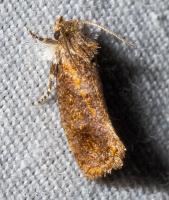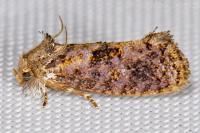
| Recorded by: Mark Basinger on 2025-10-05
Rowan Co.
Comment: | 
| Recorded by: Jeff Niznik, David George, Rob Van Epps, Kevin Metcalf on 2025-07-20
Richmond Co.
Comment: |
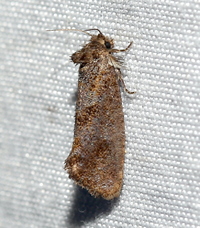
| Recorded by: David George, Jeff Niznik, Rob Van Epps, Kevin Metcalf on 2025-07-20
Richmond Co.
Comment: | 
| Recorded by: Dean Furbish on 2025-07-04
Wake Co.
Comment: |

| Recorded by: Dean Furbish on 2025-07-03
Wake Co.
Comment: | 
| Recorded by: Mark Basinger on 2025-07-02
Wilson Co.
Comment: |

| Recorded by: Mark Basinger on 2025-07-02
Wilson Co.
Comment: | 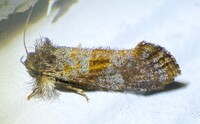
| Recorded by: Dean Furbish on 2025-06-30
Wake Co.
Comment: |

| Recorded by: David George, David Cheng, Patrick Coin on 2025-06-29
Richmond Co.
Comment: | 
| Recorded by: Jim Petranka, Mark Basinger and Becky Elkin on 2025-06-29
Richmond Co.
Comment: |

| Recorded by: David George, David Bradley, Becky Watkins, David Cheng, Michelle Lotker, Tracy Feldman, et al. on 2025-06-28
Durham Co.
Comment: | 
| Recorded by: Mark Basinger on 2025-06-27
Rowan Co.
Comment: |

| Recorded by: Melody McMichael on 2025-06-26
Forsyth Co.
Comment: | 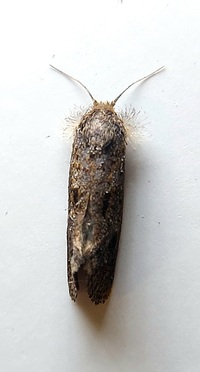
| Recorded by: Mark Basinger on 2025-06-18
Brunswick Co.
Comment: |

| Recorded by: Mark Basinger on 2025-06-18
Brunswick Co.
Comment: | 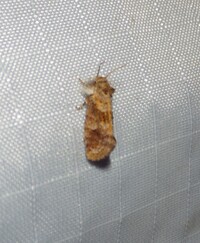
| Recorded by: Lenny Lampel on 2025-06-16
Mecklenburg Co.
Comment: |
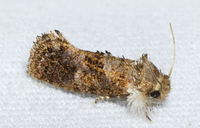
| Recorded by: John Petranka on 2024-07-31
Orange Co.
Comment: | 
| Recorded by: David George, Jeff Niznik, Patrick Coin, Steve Hall, Carol Tingley, Tom Howard on 2024-07-27
Chatham Co.
Comment: |
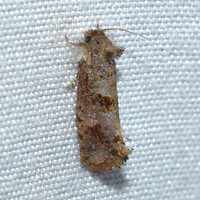
| Recorded by: Jeff Niznik on 2024-07-26
Alamance Co.
Comment: | 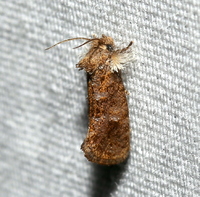
| Recorded by: David George on 2024-07-15
Chatham Co.
Comment: |
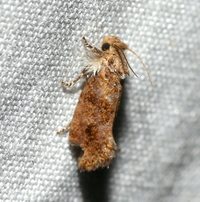
| Recorded by: David George, Jeff Niznik on 2024-07-08
Chatham Co.
Comment: | 
| Recorded by: David George, Jeff Niznik on 2024-07-08
Chatham Co.
Comment: |
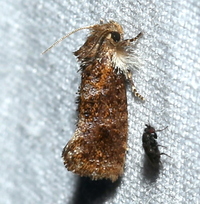
| Recorded by: David George on 2024-07-04
Chatham Co.
Comment: | 
| Recorded by: David George on 2024-07-04
Chatham Co.
Comment: |
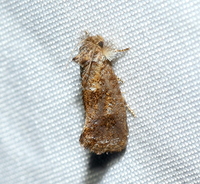
| Recorded by: David George, Jeff Niznik, Stephen Dunn on 2024-06-29
Chatham Co.
Comment: | 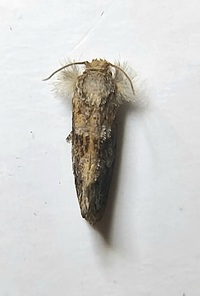
| Recorded by: Mark Basinger on 2024-06-29
Rowan Co.
Comment: |
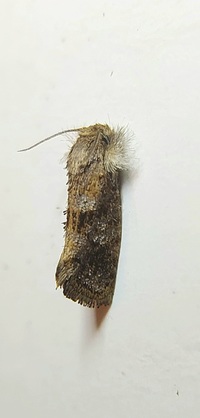
| Recorded by: Mark Basinger on 2024-06-29
Rowan Co.
Comment: | 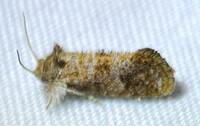
| Recorded by: Dean Furbish, Lior S. Carlson on 2024-06-25
Orange Co.
Comment: |

| Recorded by: David George, Stephen Dunn, Jeff Niznik, Patrick Coin on 2024-06-22
Chatham Co.
Comment: | 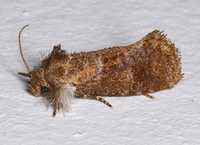
| Recorded by: Stephen Dunn on 2024-06-19
Orange Co.
Comment: |
|

 »
»